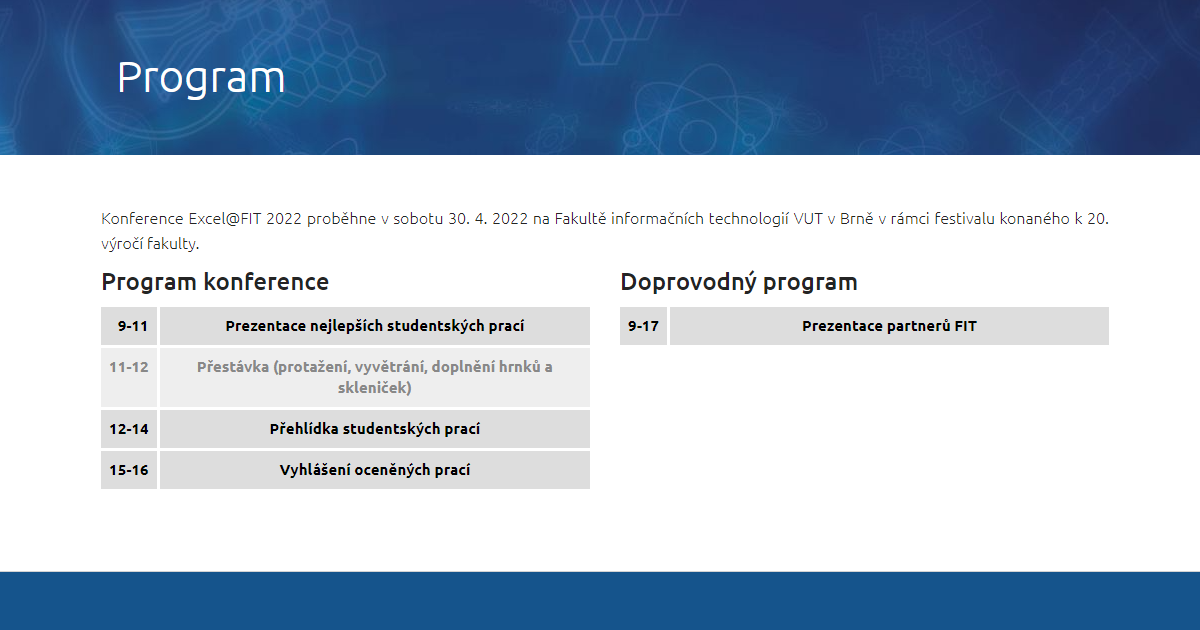Tomáš Hladký
Simulator, DAG-based consensus, Blockchain, Optimizations, Payoff function, Transaction throughput
Bezpečnost
We study existing Directed Acyclic Graph (DAG) blockchain designs that propose to solve a blockchains throughput problem, especially protocols PHANTOM and its optimization GHOSTDAG. They utilize a Bitcoin protocol and propose a random transaction selection, resulting in increased transaction throughput. However, it has been proved by a simulation that actors that use the random transaction selection strategy have less profit than actors who do not follow the protocol and select transactions rationally (i.e., most profitable). That proof has been made on a small network of ten nodes with a circle topology. This article aims to extend, optimize, and automate an existing blockchain simulator. We implement a Bitcoin-like network topology with realistic block propagation latency. Furthermore, we optimize the simulator to run more simulations in parallel and faster, including automation tools that can create or edit input configurations, perform a combination of runs on multiple CPUs based on input parameters, and analyze profits and transaction collisions. Finally, we perform experiments to verify malicious actors' advantages in a Bitcoin-like network and create a payoff function to punish this behavior.




